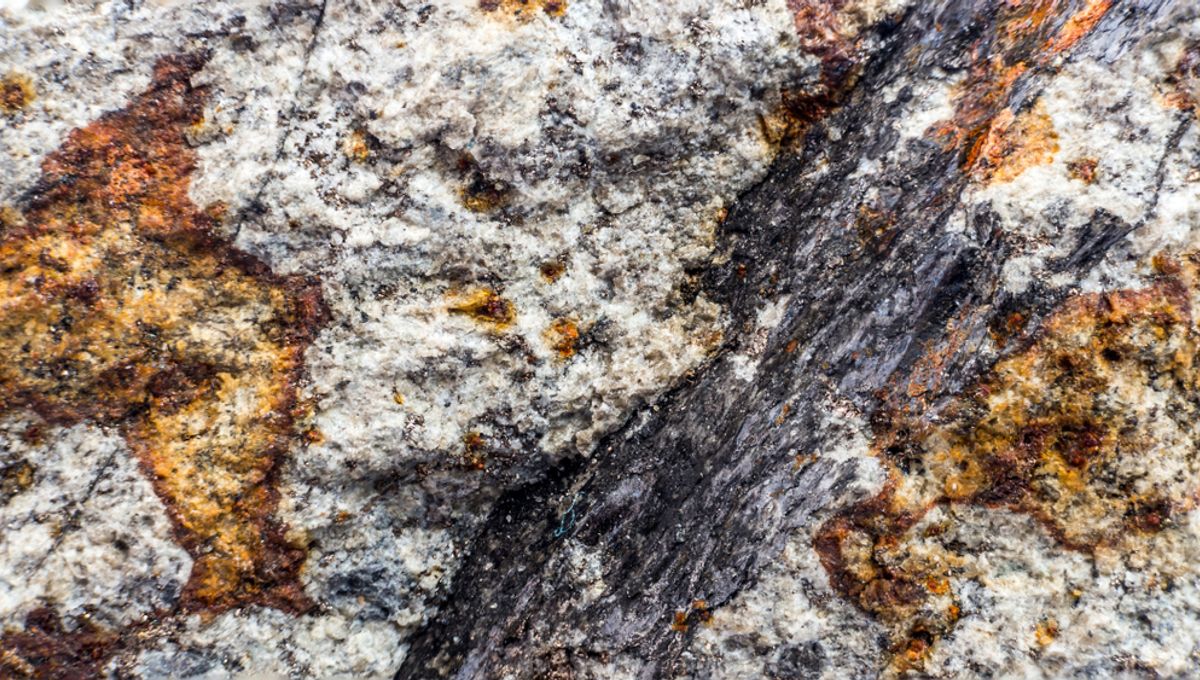
Carbon microcrystals with “unique morphological peculiarities” have been lurking in the dust left behind by a meteorite that exploded over southern Russia in February 2013. Measuring 18 meters (59 feet) across, the Chelyabinsk meteor blew apart high in the atmosphere, creating a dust plume that circumnavigated the entire planet within four days.
After recovering some of the particles left behind by the superbolide, researchers were stunned to find that these tiny grains of pulverized space rock contained carbon crystals with “exotic” structures that had never been seen before.
Describing their discovery in a research paper, the study authors state that “unique carbon crystals with a size of several micrometers, which were not observed before, were found during an in-depth study of the meteoritic dust.”
When an object like a meteor enters the Earth’s atmosphere, high temperature and pressure cause tiny particles to break away from the main body, forming a cloud of meteorite dust. Usually, this fine material simply dissipates into the atmosphere or gets mixed with terrestrial soil, making it impossible for scientists to recover and study it.
Fortunately, however, the weather in Chelyabinsk at the time of the event allowed for some of the dust to become trapped between layers of snow on the ground, giving scientists a golden opportunity to retrieve some. While observing the well-preserved grains under a regular microscope, the researchers became intrigued by some odd-looking crystals, so decided to take a closer look using electron microscopy.
“These objects showed a wonderful facet form with quasi-spherical symmetry,” write the authors, while explaining that some of the crystals possessed a “hexagonal rod” structure. Using Raman spectroscopy and X-ray diffraction, they then determined that the crystals were in fact formed of layers of graphite surrounding a central “carbon nanocluster”.
To explore how such structures may have formed, the team ran a series of molecular dynamics simulations. They found that the crystals can indeed arise around central nanoclusters, consisting of either a cage-like ball of 60 carbon atoms called buckminsterfullerene or a molecule called polyhexacyclooctadecane.
While it’s almost certain that high temperature and pressure helped to create these strange space rock crystals, the precise mechanisms that resulted in their formation remain something of a mystery.
Further work may help to illuminate these gaps in our knowledge – although for now, the authors conclude that the “unique structures found in the meteoritic dust that have not been observed before demonstrate the unlimited potential of nature to synthesize new materials.”
The study is published in The European Physical Journal Plus.
An earlier version of this article was published in July 2022.
Source Link: Never-Before-Seen Type Of Crystals Found Lurking In Chelyabinsk Meteorite Dust